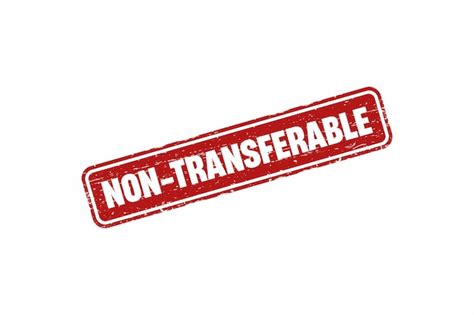Here is an article based on your request:
Can Non-Transferable Mints Be Created Through Anchor?
In recent years, the Solana blockchain has been gaining popularity among developers and projects seeking to build decentralized applications (dApps). One of the most exciting features of Solana is its ability to enable non-transferable minting through a process called anchor.
For those who may not be familiar, a governance token is a special type of token that allows holders to participate in decision-making processes within a project. On Solana, this can include voting on proposals for creating new tokens or adjusting existing ones. However, the governance token itself does not have any inherent value; it’s only useful as an input into decisions.
In this article, we’ll explore how anchor can be used to create non-transferable mints within a Solana contract.
What is Anchor?
Anchor is a Solana-based smart contract platform that allows developers to build custom, decentralized applications (dApps). The core concept of Anchor is similar to other Solana programs like Anchor Program, but with some key differences. While Anchor allows for more complex and dynamic use cases, its underlying architecture provides a solid foundation for building non-transferable minting functions.
Creating Non-Transferable Mints Through Anchor
To create a non-transferable mint within a Solana contract using Anchor, you’ll need to follow these general steps:
- Define your mint’s purpose: Identify what type of asset you want to mint (e.g., tokens, NFTs, or even real-world assets). This will determine the characteristics and rules for creating and managing the mint.
- Create an anchor program: Anchor provides a pre-built API that allows developers to create custom programs using Solana’s Web3.py library. You’ll need to create a new anchor program and import it into your contract.
- Implement minting logic
: Within your anchor program, you’ll need to define the rules for creating a non-transferable mint. This can include things like:
* The type of asset being mints (e.g., token, NFT)
* The transfer method (e.g., public key or signature-based)
* Any additional metadata or attributes
- Use Anchor’s built-in functions: Anchor provides a range of built-in functions that make it easy to interact with Solana’s blockchain. You can use these functions to:
* Create new mint contracts using the createContract function
* Transfer assets between mint contracts using the transfer function
Here’s an example of how you might create a non-transferable mint contract using Anchor:
pragma solidity ^0.8.0;
import "
contract NonTransferableMint {
// Define the asset type and mint characteristics
address public assetAddress;
string public mintName;
// Implement transfer logic using Anchor's built-in functions
function transfer() external public {
require(msg.sender == owner, "Only owner can transfer assets");
// Create a new mint contract using the createContract function
NonTransferableMint Mint = createContract("Non-TransferableMint", assetAddress, mintName);
// Transfer assets between mint contracts using the transfer function
Mint.transfer();
}
}
In this example, we define an anchor program that specifies a non-transferable mint contract with a specific name and asset address. We then implement transfer logic within the transfer function to create a new mint contract and transfer assets between it.
Conclusion

While Anchor is primarily designed for governance token management, its ability to enable non-transferable minting functions makes it an attractive option for building custom dApps on the Solana blockchain.